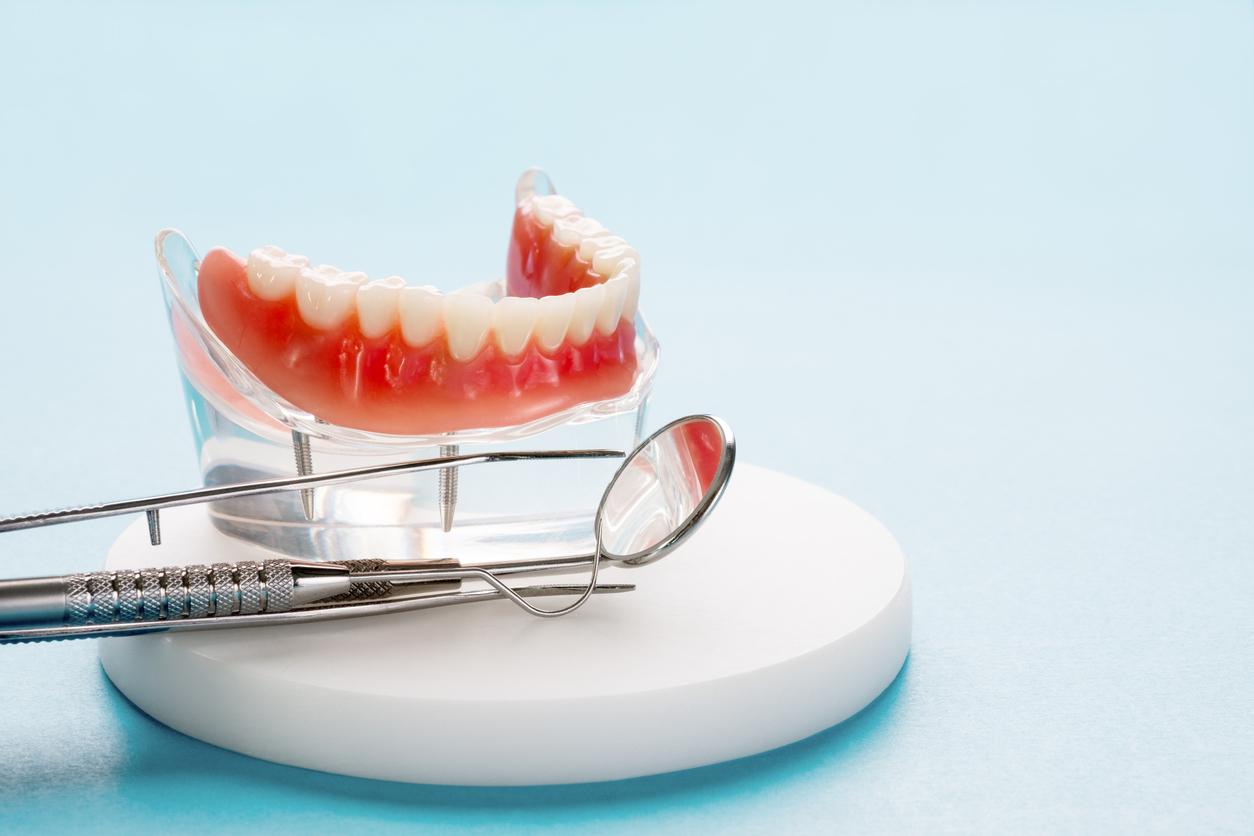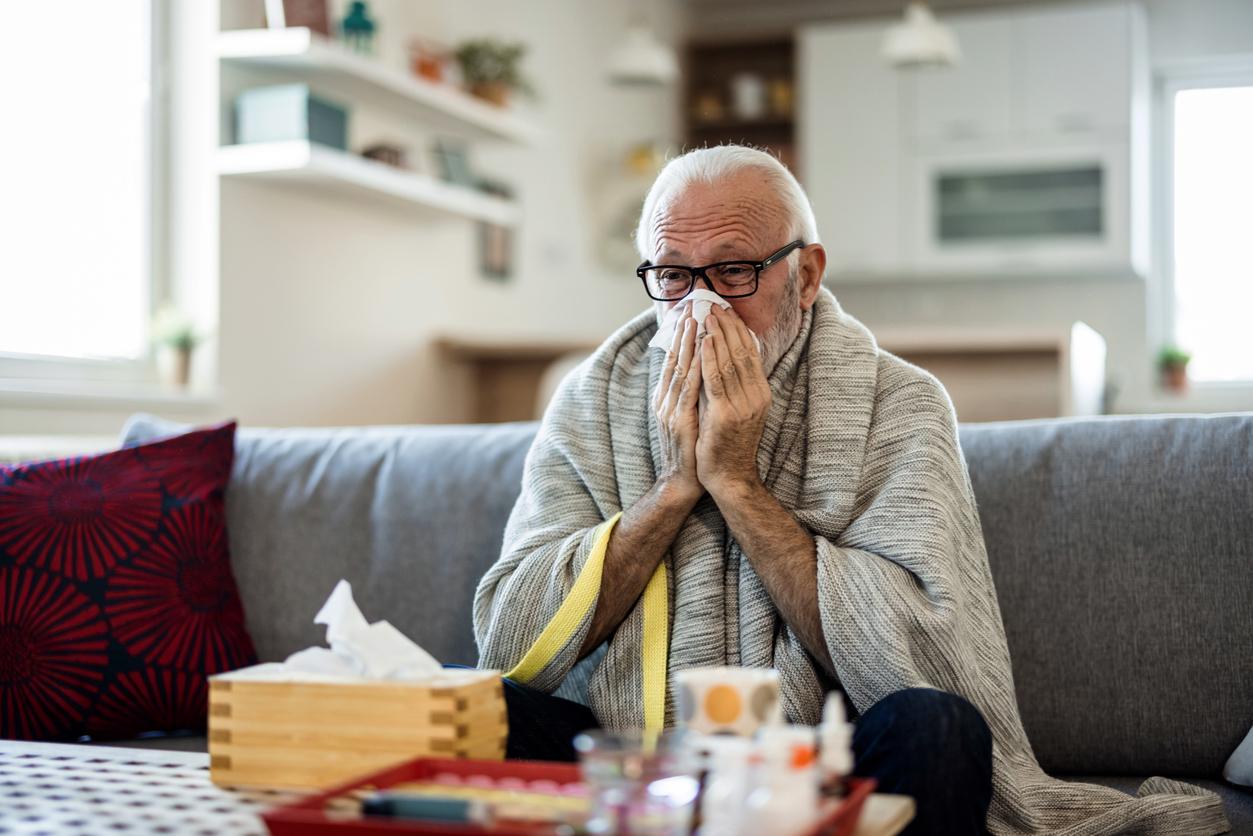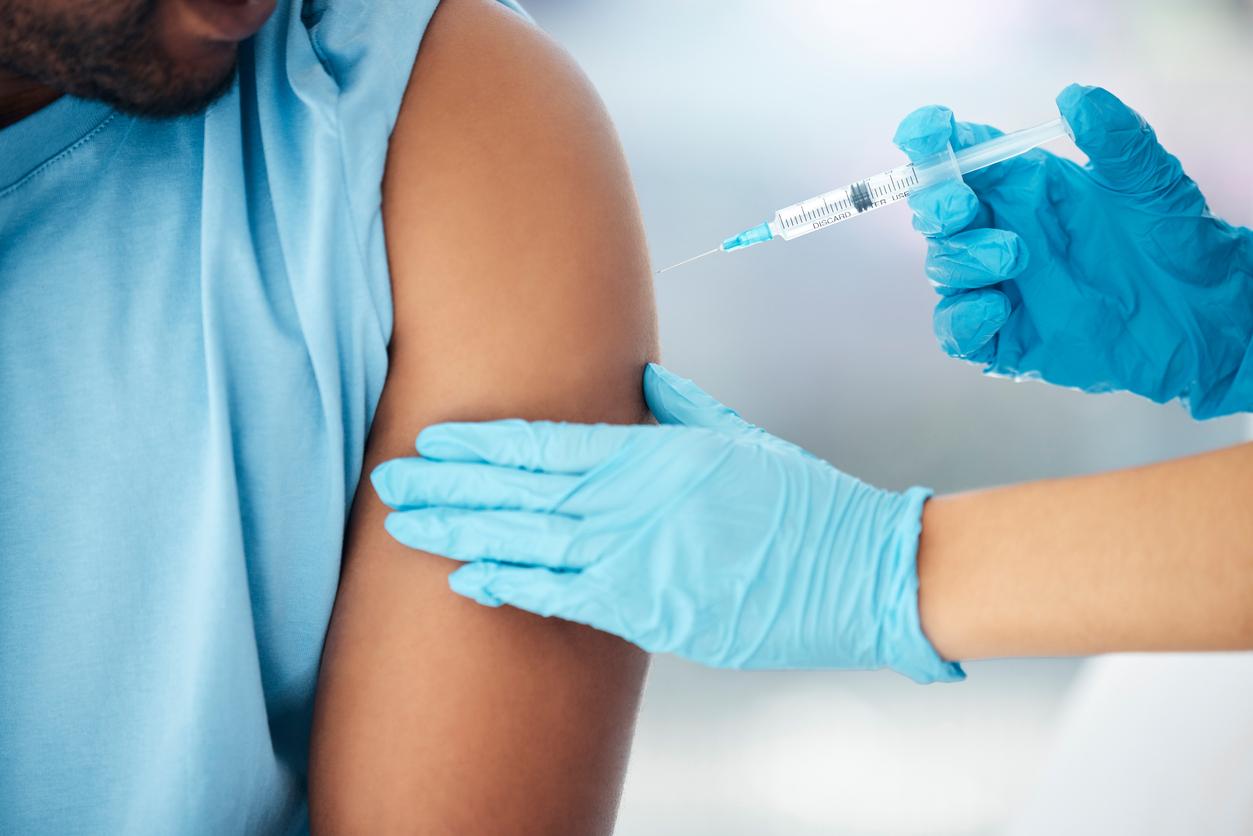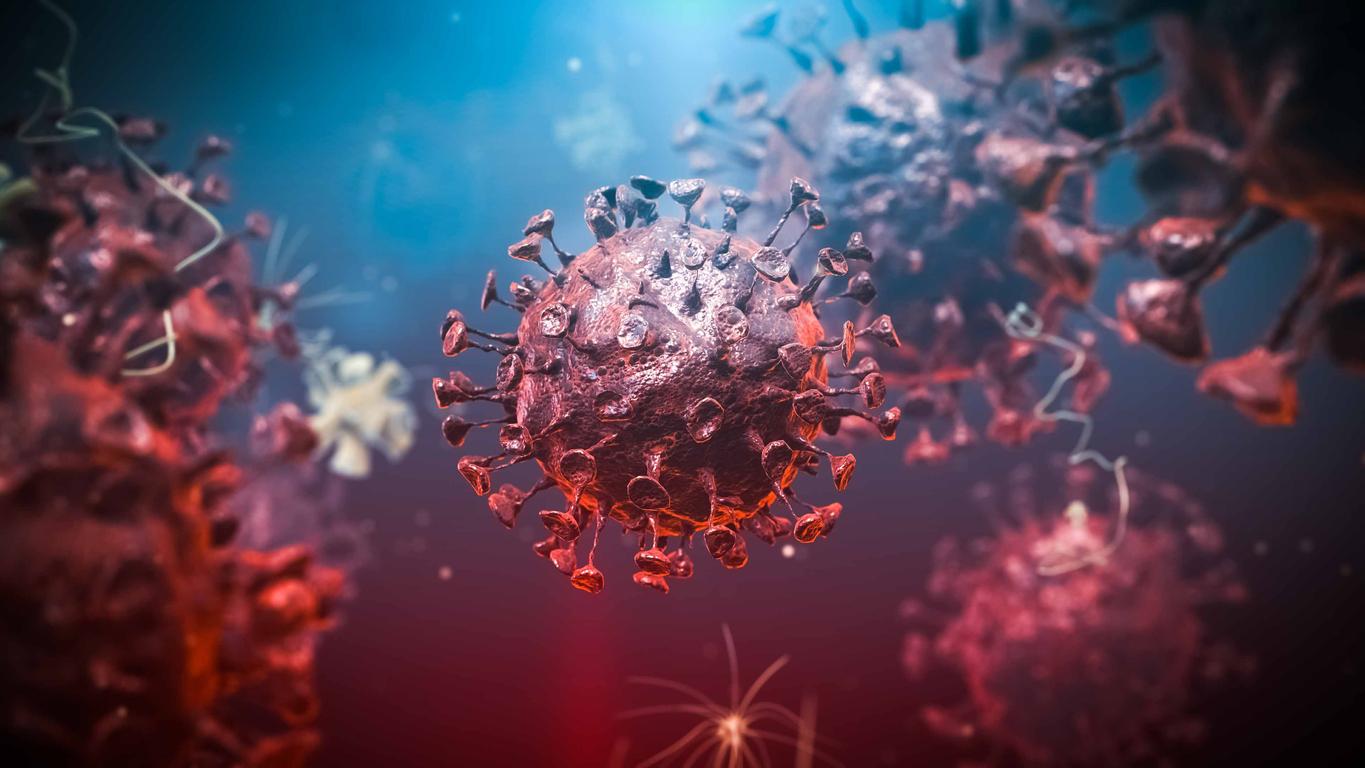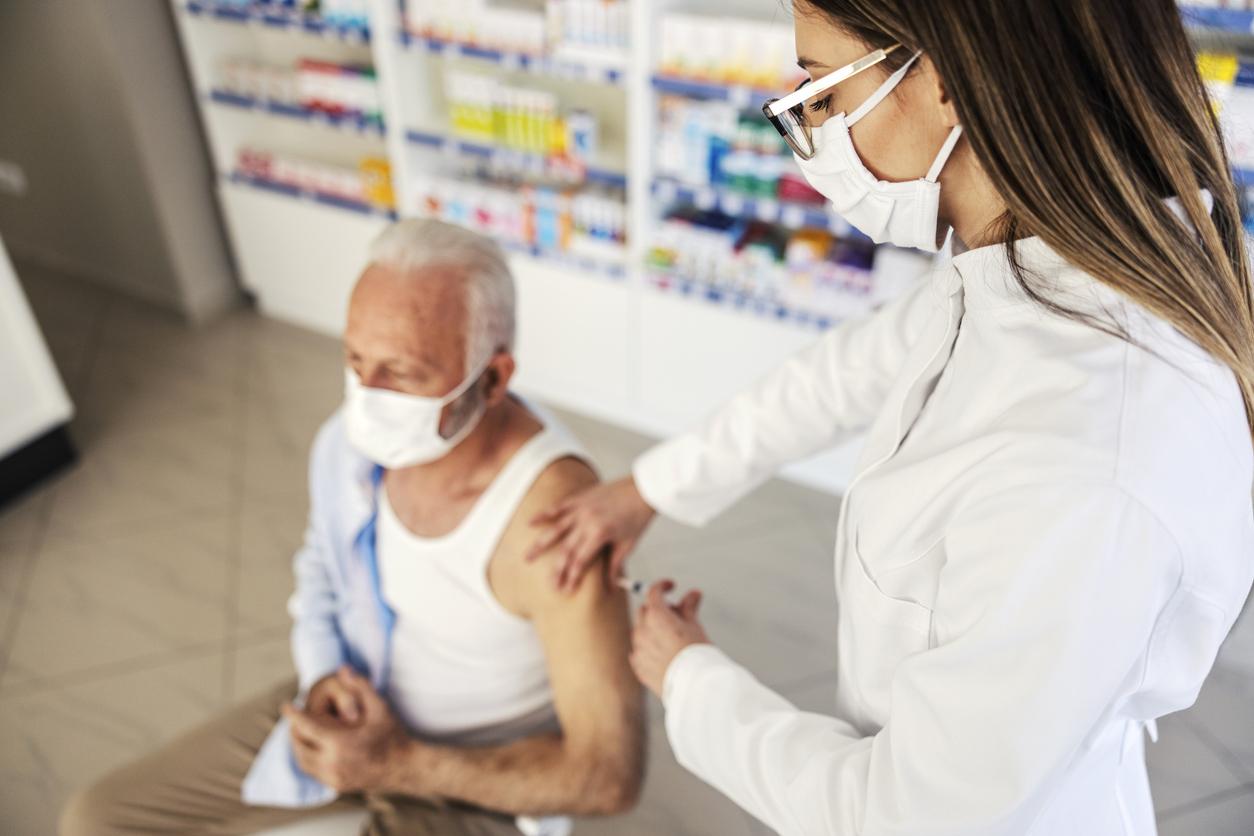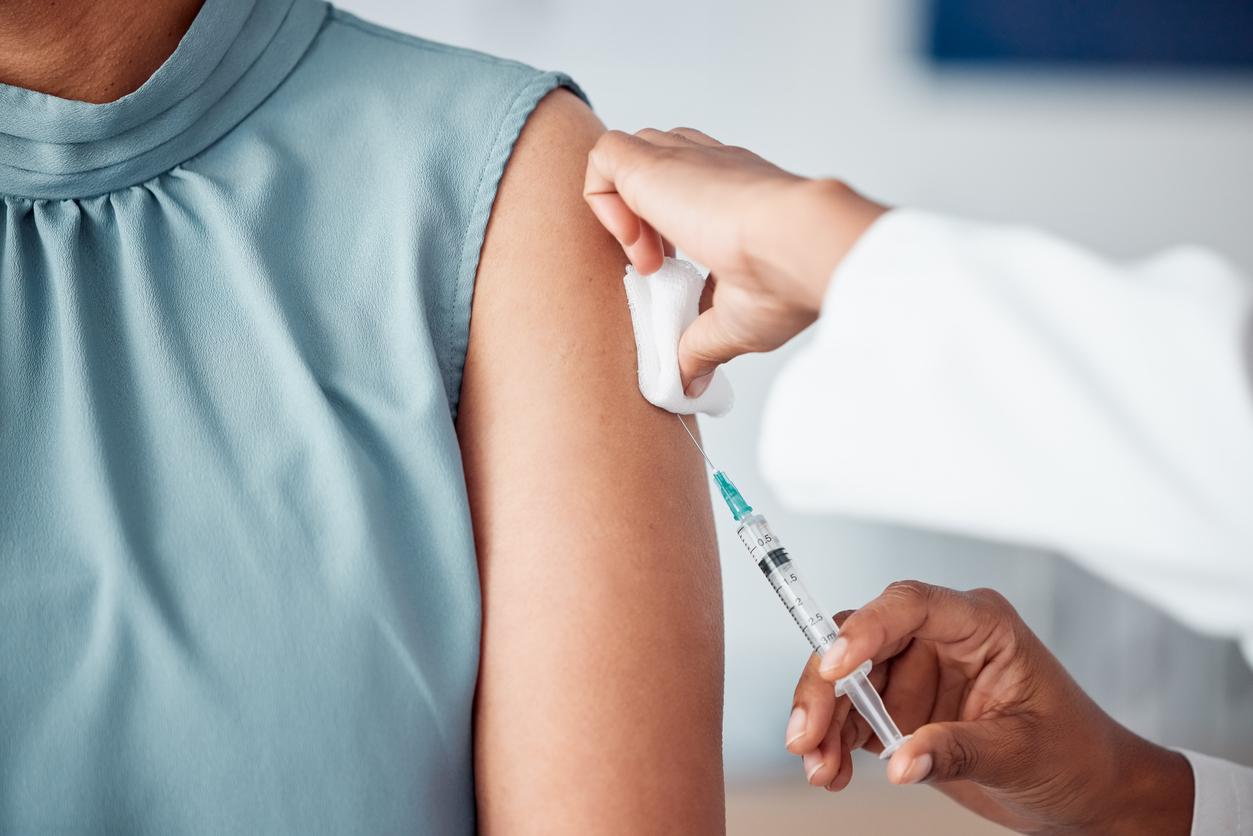They are at the heart of the coronavirus crisis in hospitals. After a peak in the epidemic which made them fear the worst, resuscitators remain mobilized. They also learned about this disease full of unknowns. Their look at two months of tension.
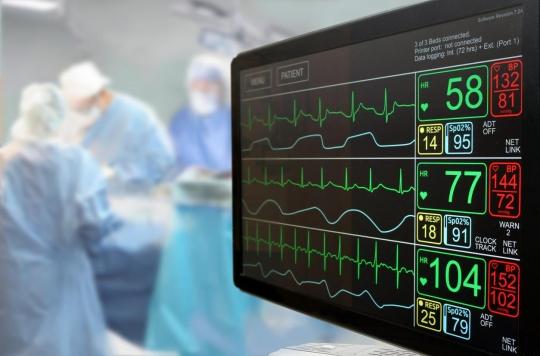
- Two professors in charge of intensive care units testify on the coronavirus crisis
- They paint a “robot portrait” of Covid-19 patients in intensive care, highlighting in particular the risk associated with being overweight
“Covid-19 is for some a trip of 10 days to 3 weeks in intensive care and during the crossing of this tunnel, they must be kept in oxygenation”. Professor Elie Azoulay, head of the intensive care unit at Saint-Louis hospital, expresses well through this image the importance of his specialty and the work of his teams in the epidemic of severe pneumonia due to the coronavirus.
An importance which is also reflected in figures: today there are more than 30,000 people still hospitalized for Covid-19, including more than 5,600 in intensive care. A situation that is improving day by day. However, we have not gone far from the “health disaster”. “When we reached the peak of the epidemic in Ile de France, we were at the maximum of our capacitiesrecognizes Alexandre Demoule, head of the intensive care unit at Pitié-Salpêtrière. We don’t know what will happen in the next few weeks., we are not immune to a second wave after deconfinement, we remain on our guard!”
Patients arriving with severe respiratory signs
“Today, everyone recognizes our role and this recognition makes it possible to support the load of the eventexplains Elie Azoulaye, emphasizing the involvement of his teams in this crisis. In intensive care, doctors and nurses cannot work without each other.”
But what is really going on with these intensive care units, of which we often see images made of patients in medical beds around which health professionals are busy? “With Covid-19, the main trajectory that brings patients to intensive care is a pre-hospital trajectory, that is to say that these are patients suffering from severe respiratory signs at home, in strong lack of oxygenation and which arrive directly in our services”, says Elie Azoulay. These patients suffer from lung damage. “First, we try to give them oxygen by non-invasive methods.adds Alexandre Demoule, hoping not to have to intubate them, knowing that in the end intubation only concerns about 15% of patients.”
“Beyond age, the important thing is the fragility of a person”
Since the beginning of this crisis, one and the other of these resuscitation experts have ended up collecting enough elements to draw up a sort of “robot portrait” of the patients who arrive in their departments. “Among the risk factors, there is obviously age and also everything that is linked to immunosuppression, whether it is because of a disease or a treatment, but beyond age—some of my 60-year-old patients were in better shape than 40-year-old patients — what matters is how frail a person is, how independent they are from living without help, whether physically or cognitively”says Elie Azoulay.
There is also this gendered “inequality”: “Three quarters of my patients are menconfirms Alexandre Demoule, syears that it is known whether it is related to lifestyles, comorbidities or other factors associated with the male sex.” Another category of patients very present in intensive care, people who are overweight or suffering from obesity. “They represent 80% of my patients, but it is not yet known if their condition makes them more susceptible to infection with the coronavirus or if it leads to more serious forms of this infection”adds Alexandre Demoule.
The two heads of department were finally, like many doctors, surprised by the particularities of Covid-19, and in particular this “worsening of the 7and day”. “The first phase of the disease is viral pneumonia… and on the 8thand day, there is an inflammatory rebound with thromboembolic complications”remarks Elie Azoulay.

.








